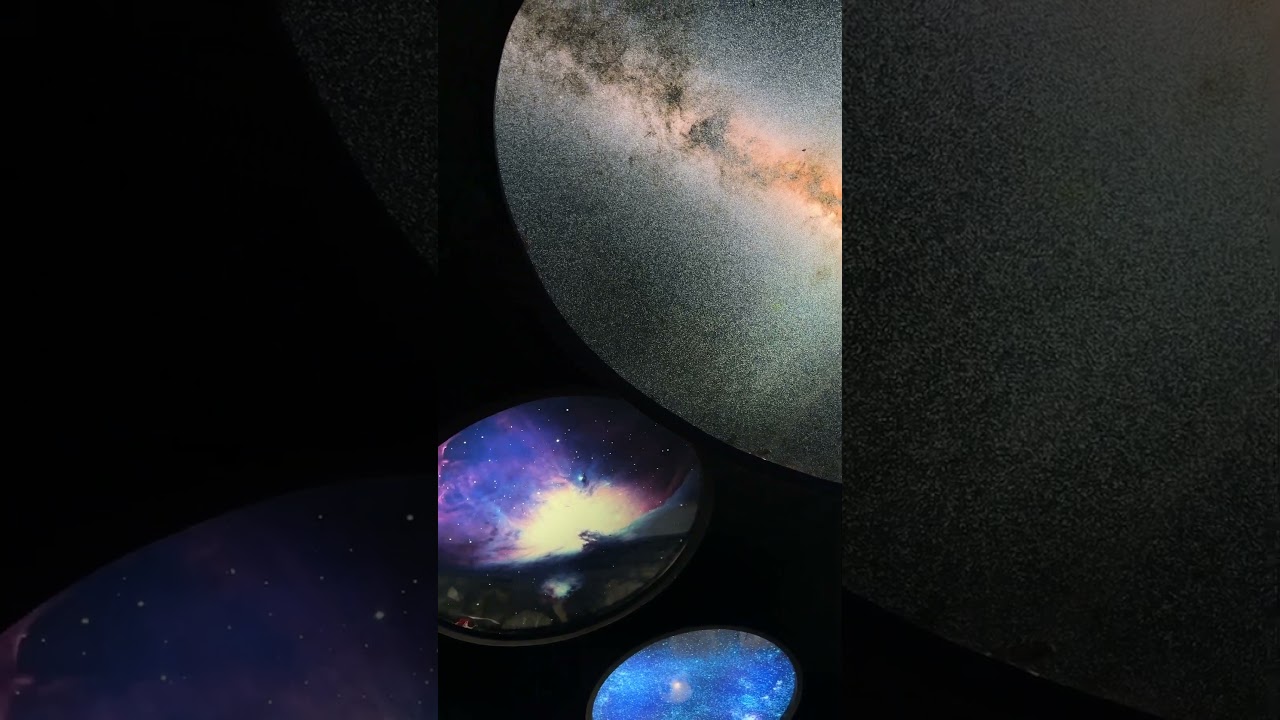- Comprehensive insights into the geology of the Sonoran Desert, as explored at the Desert Museum
- The unique flora and fauna adapted to desert life, highlighting ecological interactions and survival mechanisms
- The role of the Desert Museum in wildlife conservation and educational outreach
- Integration of zoological expertise and management in preserving desert species
- The impact of climate and environmental changes on desert ecosystems and conservation strategies
The Arizona-Sonora Desert Museum, located near Tucson, Arizona, offers a fascinating exploration of Earth sciences, specifically related to the desert’s geology. The Sonoran Desert, spanning across parts of Arizona, California, and Mexico, showcases geological marvels ranging from igneous rock formations to expansive alluvial plains. Visitors to the museum encounter exhibits that illustrate these geological structures and provide insights into the processes that shaped this arid land over millions of years. By understanding the composition and historical development of the desert’s geology, we gain a deeper appreciation for the dynamic forces shaping Earth.
Geologically, the Sonoran Desert is a product of volcanic activity, sedimentation, and tectonic shifts. The region’s mountains, such as the Tucson and Santa Catalina ranges, reveal stories of ancient volcanic eruptions. As magma cooled and solidified into igneous rocks, unique formations emerged. The museum’s exhibits allow visitors to visualize these processes through interactive displays and guided tours, enhancing educational engagement. Sedimentary deposits, formed by erosion and water flow, give birth to features like bajadas and playas, contributing to the desert’s unique topography.
The museum also puts the spotlight on the desert’s rich biodiversity, emphasizing the flora and fauna that have adapted to extreme conditions. Life in the Sonoran Desert is a testament to evolution’s adaptability. Cacti, such as the iconic saguaro, have developed water-conserving abilities and protective structures. The museum’s garden showcases a variety of plant species, each with its specialized adaptations to endure intense heat and scarce water. These botanical wonders are accompanied by native animals like the desert tortoise and Gila monster.
Adaptations of desert wildlife are not limited to physiology. Behavioral adaptations play a crucial role in survival. Nocturnal habits allow many animals to avoid the sun, hunting and foraging when temperatures are lower. The desert museum’s zoo exhibits these creatures in environments simulating natural habitats, providing insights into their survival strategies. Educational programs and workshops teach visitors about the ecological roles of these species, reinforcing the importance of biodiversity.
The Desert Museum’s commitment to wildlife conservation stands as a cornerstone of its mission. Efforts to protect endangered species, restore habitats, and promote sustainable practices are undertaken in collaboration with researchers, governments, and local communities. The museum’s breeding programs for species like the Mexican gray wolf and the lesser long-nosed bat highlight its role in preserving genetic diversity and fostering population recovery. Through these initiatives, they aim to mitigate the impact of human activities and climate change on fragile ecosystems.
Education and outreach are integral components of the museum’s work. By engaging local communities and global audiences, the museum fosters a deeper connection to the Sonoran Desert’s natural heritage. Workshops, lectures, and guided tours are designed to inspire conservation action, encouraging visitors to become advocates for environmental stewardship. The museum’s emphasis on experiential learning makes science accessible and relevant.
Zoological expertise and strategic management underpin the Desert Museum’s conservation work. The staff includes zoologists, botanists, and ecologists who collaborate to maintain the health and well-being of the animals in their care. Best practices in zoo management emphasize animal welfare, habitat enrichment, and public education. By prioritizing research and innovation, the museum contributes to global knowledge on species conservation.
Increasingly, climate change poses new challenges to desert ecosystems. Rising temperatures and changing precipitation patterns threaten plant and animal populations. The museum’s research initiatives focus on monitoring environmental changes and developing adaptive strategies. By conducting ecological studies and collaborating with academic institutions, they seek to understand and mitigate the effects of climate variability on the Sonoran Desert.
The Desert Museum provides a sophisticated overview of Earth sciences through the lens of desert geology, ecology, and conservation. By integrating educational outreach with conservation efforts, the museum cultivates an informed public conscious of the pressing need to preserve delicate ecosystems. As Earth’s climate and environments undergo significant changes, institutions like the Desert Museum play a pivotal role in fostering an appreciation for the natural world and promoting strategies for sustainable living.
*****
Source Description
Cool down in our Earth Sciences Exhibit!🌍
Discover how geology is anything but static. From shifting mountains to ancient fossils, you’ll see how Earth constantly reshapes itself and fuels the diversity of life.
Take in panoramic views of Avra Valley from the Geology Overlook, then step into our immersive Earth Sciences Center, where a lifelike cave introduces you to the underground world of stalagmites, rare animals, and sparkling mineral formations.


